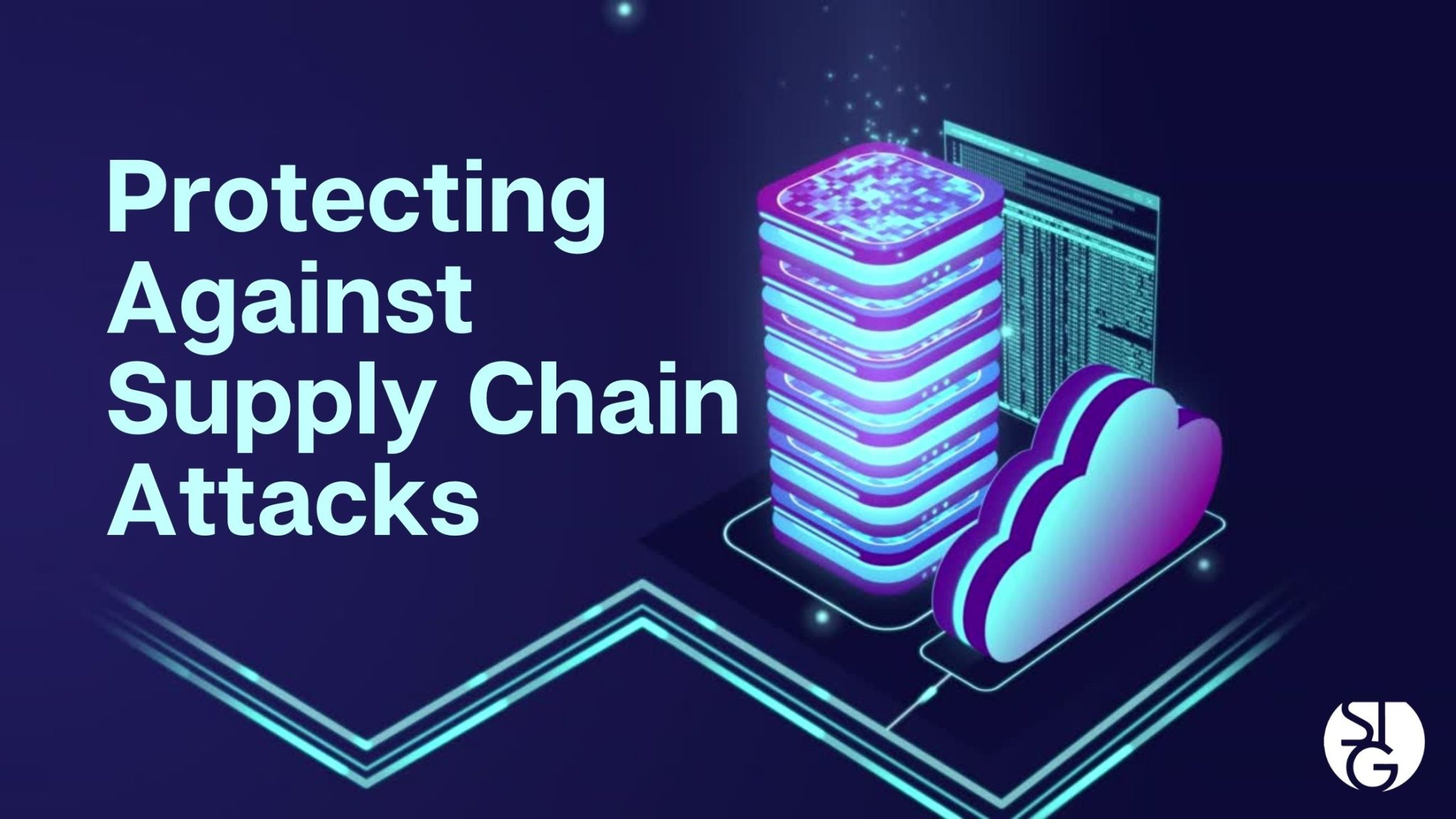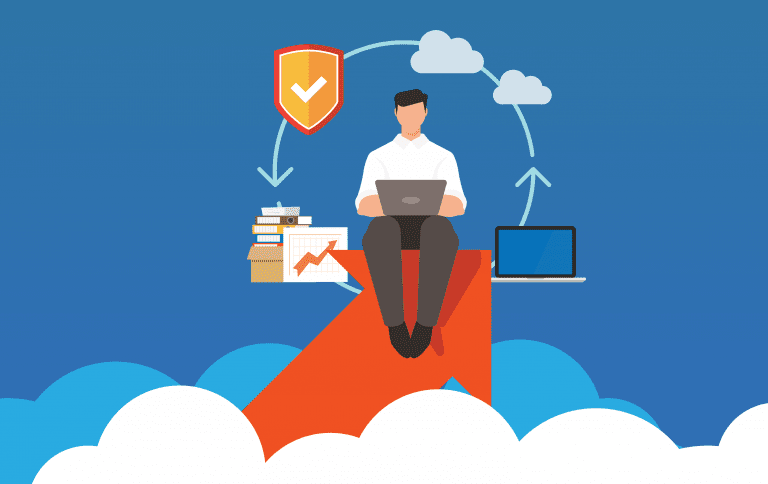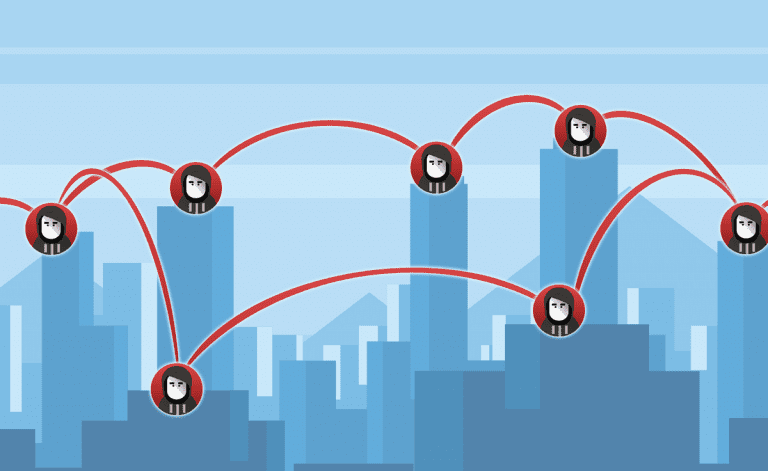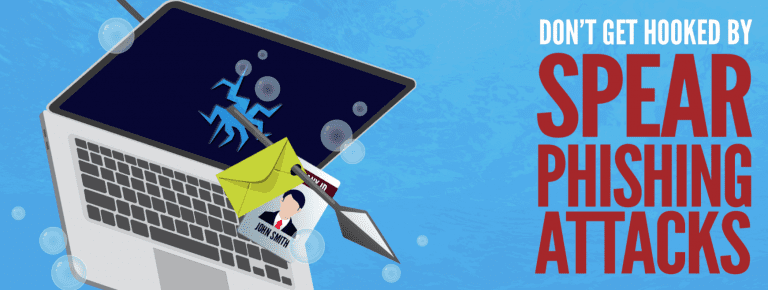We’re all aware that any kind of cyberattack is bad for business. They can be dangerous, costly and overall unpleasant. They can be particularly devastating for companies in the supply chain sector. Let’s go over how to protect your business from supply chain attacks.
Supply chain businesses refer to any supplier that sells goods and services, digital or not.
There are plenty of consequential supply chain attacks on record. These “one-of-many” attacks go beyond just effecting the company they initially target.
Some of the more “high profile” cases of this include:
Colonial Pipeline Attack: An American gas pipeline that was hit by ransomware, impacting all the computer ran equipment managing the pipeline.
JBS: Several facilities belonging to the biggest beef and pork distributer in the world shut down due to a malicious cyberattack.
Kaseya: Referring to the “largest criminal ransomware spree of all time.” The IT provider suffered an attack that spread to its partnering IT and over 1,500 small business clients.
So, why should you concern yourself with supply chain attacks more now than ever before? Because the numbers have been growing and we can expect them to continue to grow.
During the first quarter of 2021, the number of supply chain attacks increased rose by 42%. A staggering % of businesses have seen an impact due to supply chain breaches, with 93% experiencing a direct breach as a result of security vulnerabilities.
If you’re not taking steps to protect yourself, any breach in software could render your critical goods and service providers useless for several days.
Smart business strategy includes looking at future business continuity and disaster recovery. Seeing all these recent supply chain attacks should motivate you to create a plan.
How to Reduce your Chances of Suffering Major Loss as a Result of a Supply Chain Attack
Determine the Attack Risk of Your Supplier
You can’t repair something you don’t understand. The first step is taking the time to understand the risk of what would happen if one of your vendors is effected by ransomware or any type of breach.
List out all of your goods and service providers and vendors. You should include anything from the cloud service you use to the company that provides your office supplies.
Try to identify if these companies pose any cybersecurity risk. For this, we encourage you to seek the help of your IT partner. We have the experience to review your vendors and determine where they stand on cybersecurity and how much this puts you at risk as their client.
Establish and Protect Security Requirements for Digital Vendors
Think about the minimum security requirements you want to use as a benchmark to compare vendors and suppliers. An easy way to do this is by using an existing data privacy standard.
For reference, if a vendor is GDPR compliant, you can assure they utilize numerous cybersecurity standards to safeguard their company, as well as yours, from an attack.
Conduct an IT Security Assessment to Find Vulnerabilities
How much would your system be at risk if its software vulnerabilities were exploited by hackers? Do you have a patch system in place that applies patches on a regular basis? This will ensure your software receives updates on a regular basis.
If you haven’t done an IT security assessment in over a year, you should schedule one. This can help determine how capable your systems are at avoiding a breach or ransomware attack from a digital supply chain vendor.
Have a List of Backup Vendors in Place
If you sell widgets and only have one source for one specific part, you’re much more likely to experience downtime than if you have two vendors for that part
When one of your vendors that you heavily rely on is a target for an attack, it will impact your business. If they can’t fulfill orders or services for a week or more, neither will you. This is something to think about when putting this list together.
For example, most businesses would be inoperable if they lost connection to the internet. If your primary internet service provider is down, having a backup ISP might help you avoid long periods of downtime.
Consider this a safety net you can put in place for the vendors you rely on most.
Use a 3rd Party Tool to Backup all Cloud Stored Data
As a recommendation from Microsoft, you should back up any cloud data you have. Routinely backing up your content and data on a 3rd part app will ensure your data is protected and safe.
In case of a ransomware attack, any data that they can access from your cloud should also be on another platform for your own benefit. This will avoid extreme instances of data or service loss.
Make an appointment for a Supply Chain Security Assessment
Don’t leave your security to chance. Schedule a supply chain security assessment to find out how you can best protect yourself incase of a supplier attack.
Check out our video on new cybersecurity threats you should be aware of.
If you want to take the next step and protect your business from supply chain attacks, we can help!
Click here to schedule a free 15-minute meeting with Stan Kats, our Founder, and Chief Technologist.
STG IT Consulting Group proudly provides IT Service in Greater Los Angeles and the surrounding areas for all of your IT needs.





